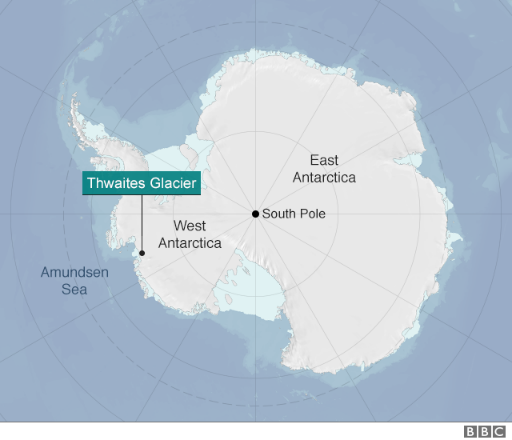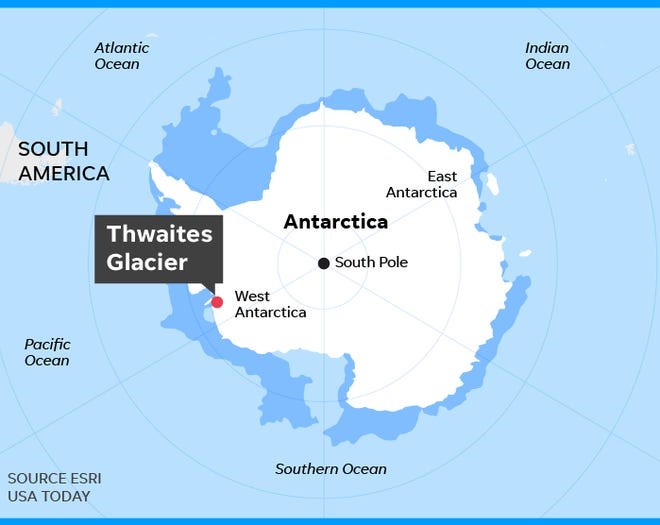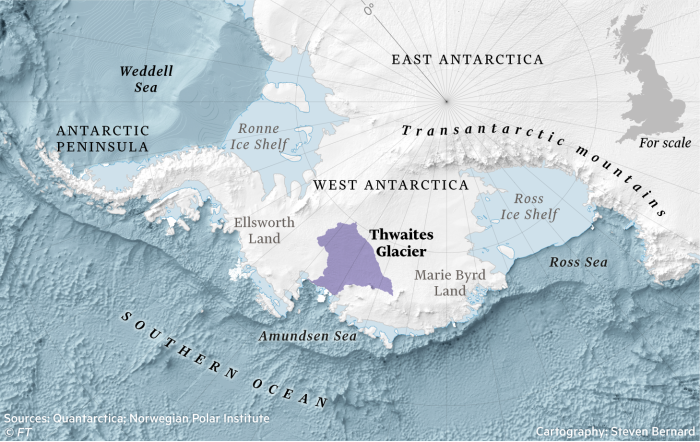Free Courses Sale ends Soon, Get It Now


Free Courses Sale ends Soon, Get It Now



Disclaimer: Copyright infringement not intended.
Context
Thwaites Glacier


Importance of Doomsday Glacier and Concerns
This highlights the urgent need for global action to combat climate change and prevent catastrophic consequences like those that may result from the collapse of Thwaites Glacier.
|
PRACTICE QUESTION Q. What do you understand by the term Doomsday Glacier? It is closely monitored for its potential to raise sea levels. Elucidate. |
© 2024 iasgyan. All right reserved